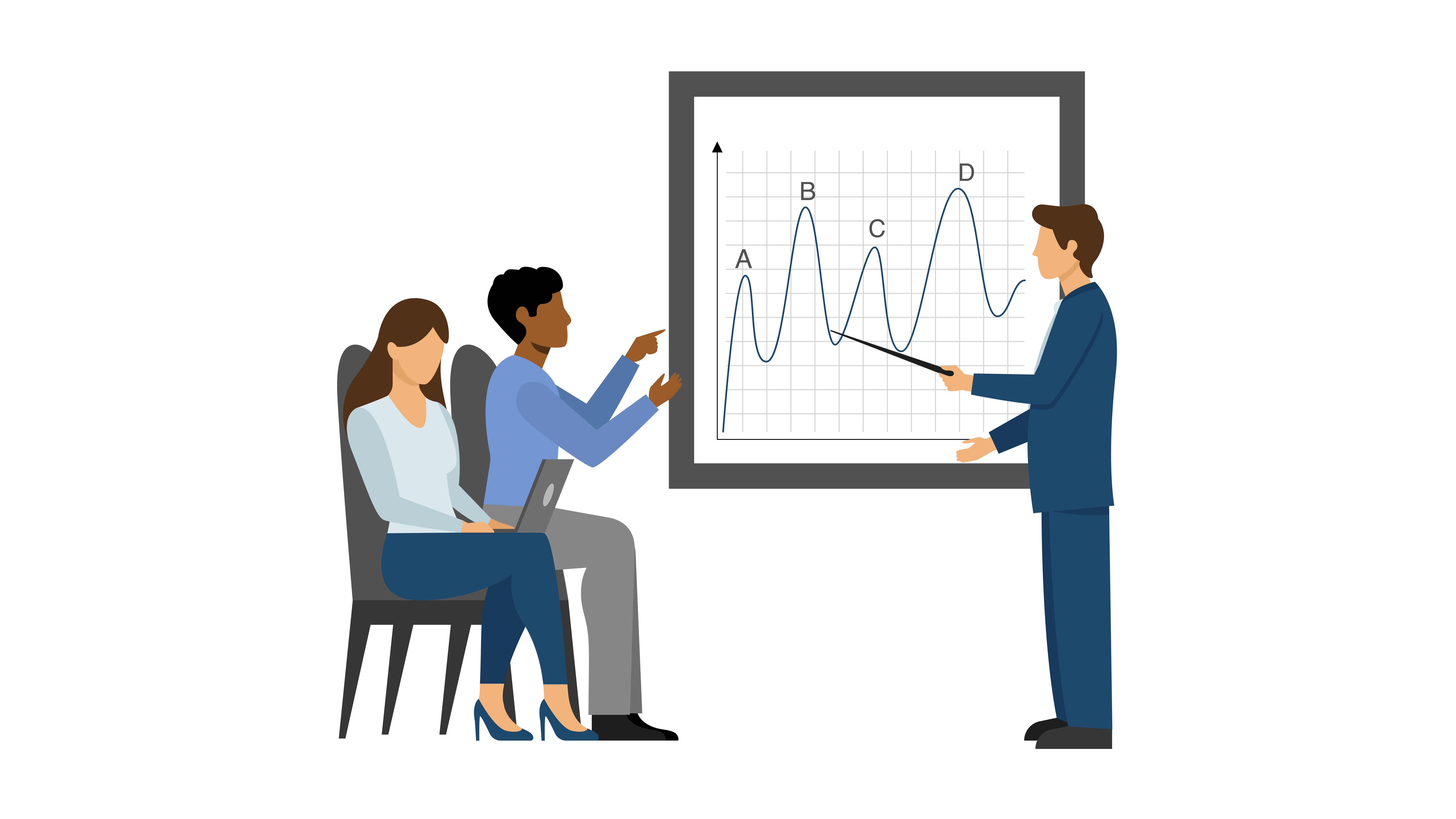All Categories
Featured
Customer data platforms (CDPs) are a vital tool for companies that want to gather data, store, and manage the customer's information in one central data center. The software tools provide an enhanced and more comprehensive understanding of the customer they can use to improve marketing strategies and personalize customer experience. CDPs have a range of functions that include data governance, data quality and formatting of data. This lets customers be more compliant with regards to how data is stored, used, and used. A CDP lets companies engage with customers and put them at the center of their marketing efforts. It also allows you to pull data from various APIs. This article will discuss the various aspects of CDPs and how they can assist businesses.
cdp product
Understanding CDPs: A customer data platform (CDP) is a software that allows organizations to gather information, manage, and store data about customers in one central place. This allows for a more accurate and complete view of the customer. It can be used for targeted marketing and personalized customer experiences.
-
Data Governance: A CDP's capacity to secure and control the data being integrated is one of its key characteristic. This includes profiling, division and cleansing on the data coming in. This helps ensure compliance with data regulations and policies.
-
Quality of Data: It is vital that CDPs ensure that data collected is high-quality. This includes making sure that the data is correctly entered and meets desired quality requirements. This can help to reduce costs for cleaning, transforming, and storage.
-
Data formatting Data formatting CDP is also available to make sure that data adheres to a specific format. This helps ensure that different types of data like dates match across customer information and that the data is entered in a rational and consistent manner. cdp data
-
Data Segmentation The CDP lets you segment customer information to better understand your customers. This lets you examine different groups against one another and get the appropriate sample distribution.
-
Compliance The CDP lets organizations handle customer data in a way that is compliant. It permits the defining of safe policies, classification of data based on those policies, and even the detection of policy infractions when making marketing decisions.
-
Platform Selection: There's many CDPs and it's vital to know your requirements before selecting the most suitable one. This is a must when considering features such as data privacy and the ability to pull data from different APIs. cdp define
-
The Customer at the Center: A CDP lets you integrate real-time data about customers. This allows for immediate accuracy of precision, accuracy, and unison which every department in marketing needs to enhance operations and connect with customers.
-
Chat Billing, Chat, and More When you use the help of a CDP, it is easy to gain the background you require for a good conversation, no matter if it's past chats as well as billing.
-
CMOs and CMOs and Big Data CMOs and Big Data CMO Council 61 percent of CMOs feel they're not leveraging the power of big data. The 360-degree view of the customer provided by CDP CDP can be a wonderful solution to this issue and improve customer service and marketing.
With many various kinds of marketing innovation out there each one generally with its own three-letter acronym you may question where CDPs come from. Even though CDPs are amongst today's most popular marketing tools, they're not a totally brand-new concept. Rather, they're the latest step in the evolution of how marketers handle consumer data and customer relationships (What is Cdp in Marketing).

For the majority of online marketers, the single greatest value of a CDP is its capability to sector audiences. With the capabilities of a CDP, online marketers can see how a single customer communicates with their business's different brands, and determine opportunities for increased customization and cross-selling. Naturally, there's much more to a CDP than division.
Beyond audience segmentation, there are 3 huge reasons that your business might want a CDP: suppression, customization, and insights. Among the most fascinating things online marketers can do with information is determine customers to not target. This is called suppression, and it belongs to providing truly tailored consumer journeys (What Are Cdps). When a consumer's merged profile in your CDP includes their marketing and purchase data, you can suppress ads to customers who have actually currently bought.

With a view of every customer's marketing interactions linked to ecommerce information, site check outs, and more, everybody across marketing, sales, service, and all your other groups has the opportunity to comprehend more about each client and deliver more tailored, pertinent engagement. CDPs can help marketers resolve the source of a lot of their greatest day-to-day marketing issues (Customer Data Platform).
When your information is disconnected, it's more hard to understand your clients and create meaningful connections with them. As the variety of information sources used by marketers continues to increase, it's more vital than ever to have a CDP as a single source of truth to bring it all together.
An engagement CDP utilizes consumer information to power real-time customization and engagement for customers on digital platforms, such as websites and mobile apps. Insights CDPs and engagement CDPs comprise most of the CDP market today. Very few CDPs include both of these functions similarly. To select a CDP, your business's stakeholders ought to think about whether an insights CDP or an engagement CDP would be best for your requirements, and research study the few CDP alternatives that consist of both. Cdp's.
Redpoint GlobalLatest Posts
The Role of CDPs in Data Formatting and Segmentation
The Importance of Data Quality in Achieving Marketing Goals
Combining Raw, Real-time Customer Data with a CDP